I have a friend who is an interior designer by trade. We were looking at art prints one day to put on the walls in my office. As we looked through stack after stack of prints, he suggested several that I might choose, always with an associated reason for why I should pick each one. This one because of the color scheme, that one because of the patterns of brush strokes. Although he was obviously more knowledgeable about art than I was, it became evident that I didn’t like most of his choices. I apologized for not liking his well educated suggestions. Rather than become frustrated, he simply told me to keep looking, that everyone has a different sense of style and art speaks to different people in different ways. He said he had one simple rule, ” if you like it, buy it”. As I chose what I liked he continued to give guidance about how one might be better than the other for our purpose, again pointing out colors and patterns that would work best. Everyone has a unique style, but certain rules still apply. Developing your style and following some simple rules are important to becoming a good wildlife photographer.
The subjects you choose, the depth of field, black and white verses color, the post processing choices you make, all create a unique sense of style that eventually defines your photography. Experimenting is a good way to find your style. I like an amount of color saturation in post processing my photos that others may find too much.
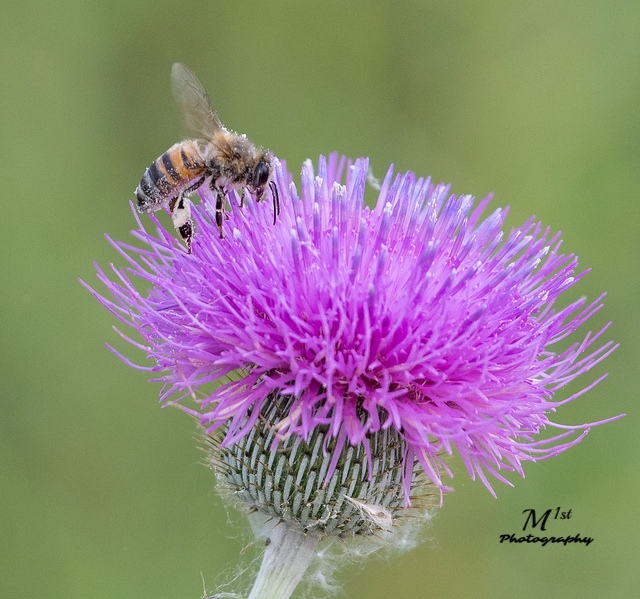
You have to decide for yourself what appeals to you. When you look at a wildlife photograph that you like, say to yourself, ” what is it about that photo that I like?”. Analyze it for subject, color, composition, sharpness, etc. Your sense of style will develop slowly over time, however there are five basic rules you can follow now that will instantly make your wildlife photos better.
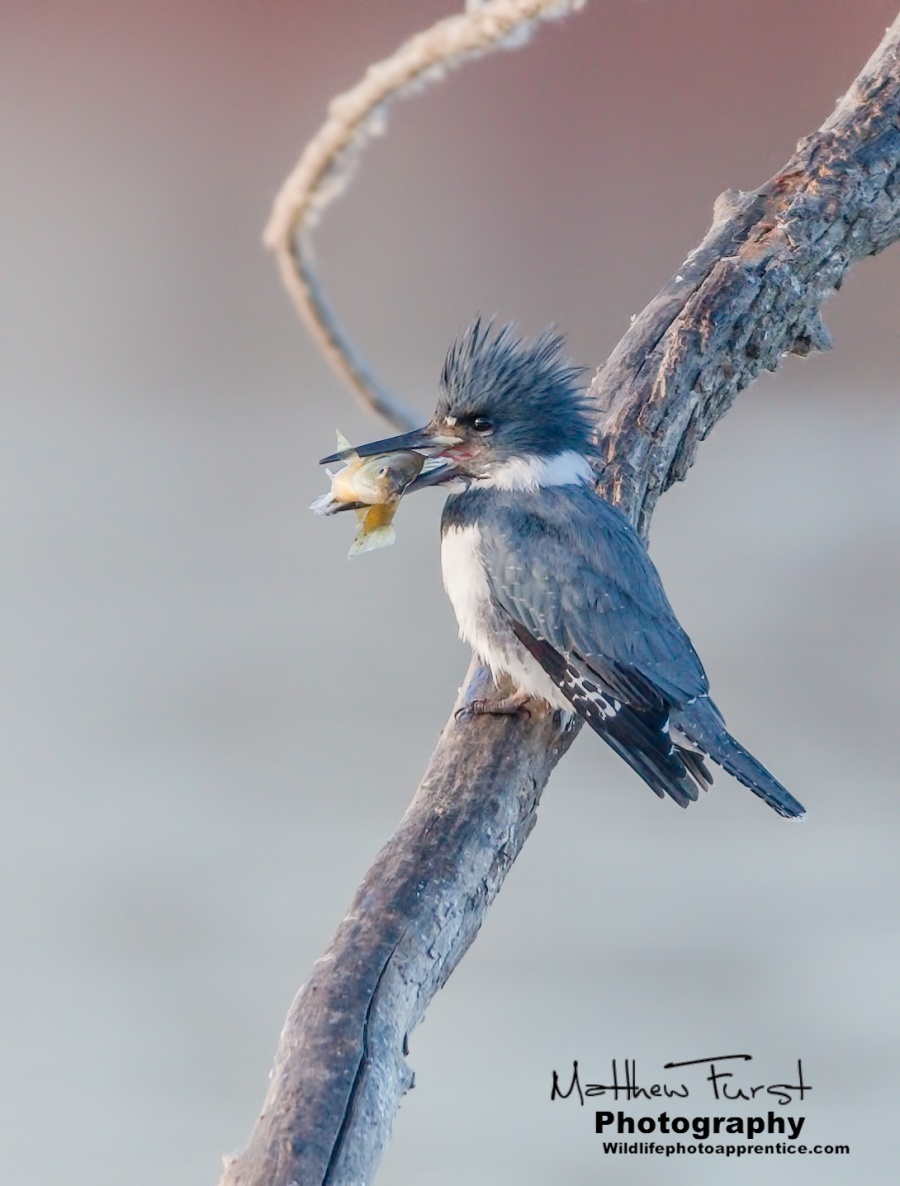
Rule one, it’s all about the eyes. People connect to your wildlife photo through the eyes of your subject. The eyes should be sharp and preferably oriented in your direction.
Rule two, get close or stay far away. Most people will never get within 12 inches of a hereon. They never see the detail in the beak , eyes or feathers. Give them that opportunity through your photograph. Likewise show them the interesting actions and surroundings of your subject by using a more wide angle approach.
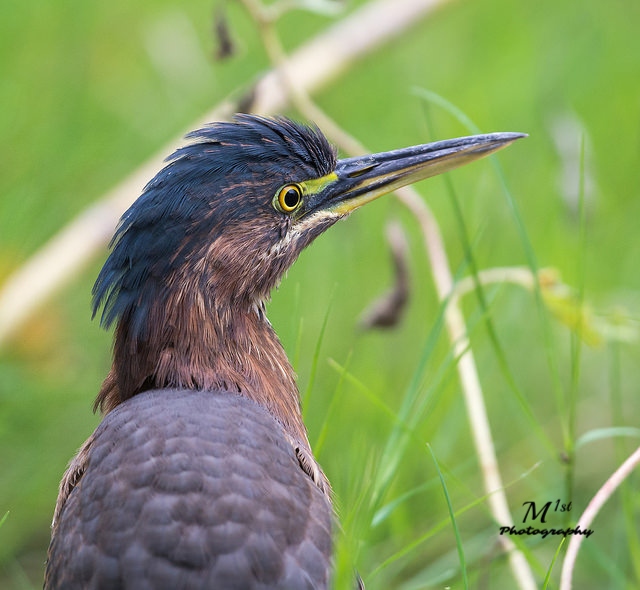
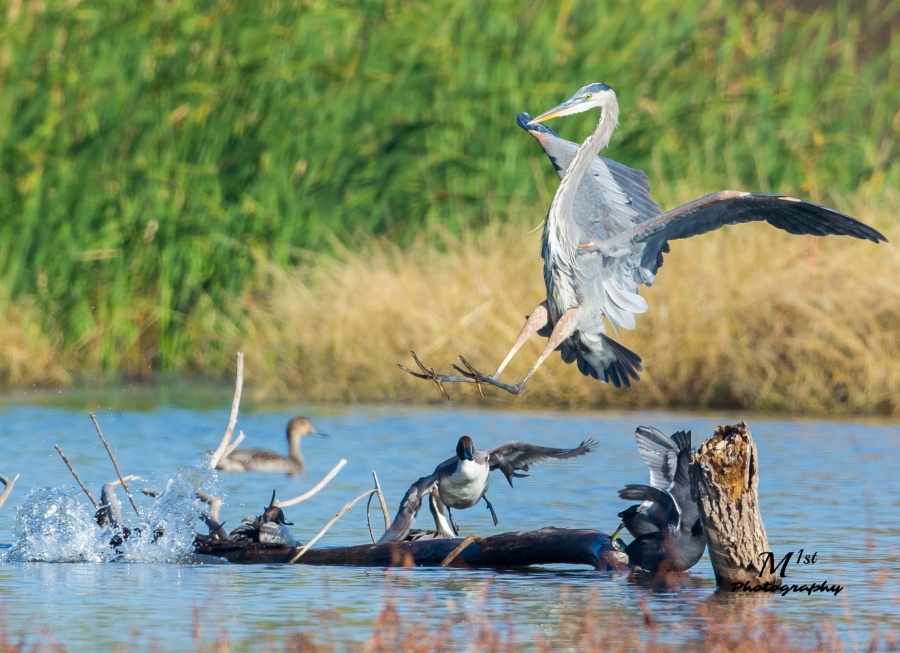
Rule three, get low. Photographs taken at a downward angle to the subject are less interesting than photos taken at the same level of or from below the subject.
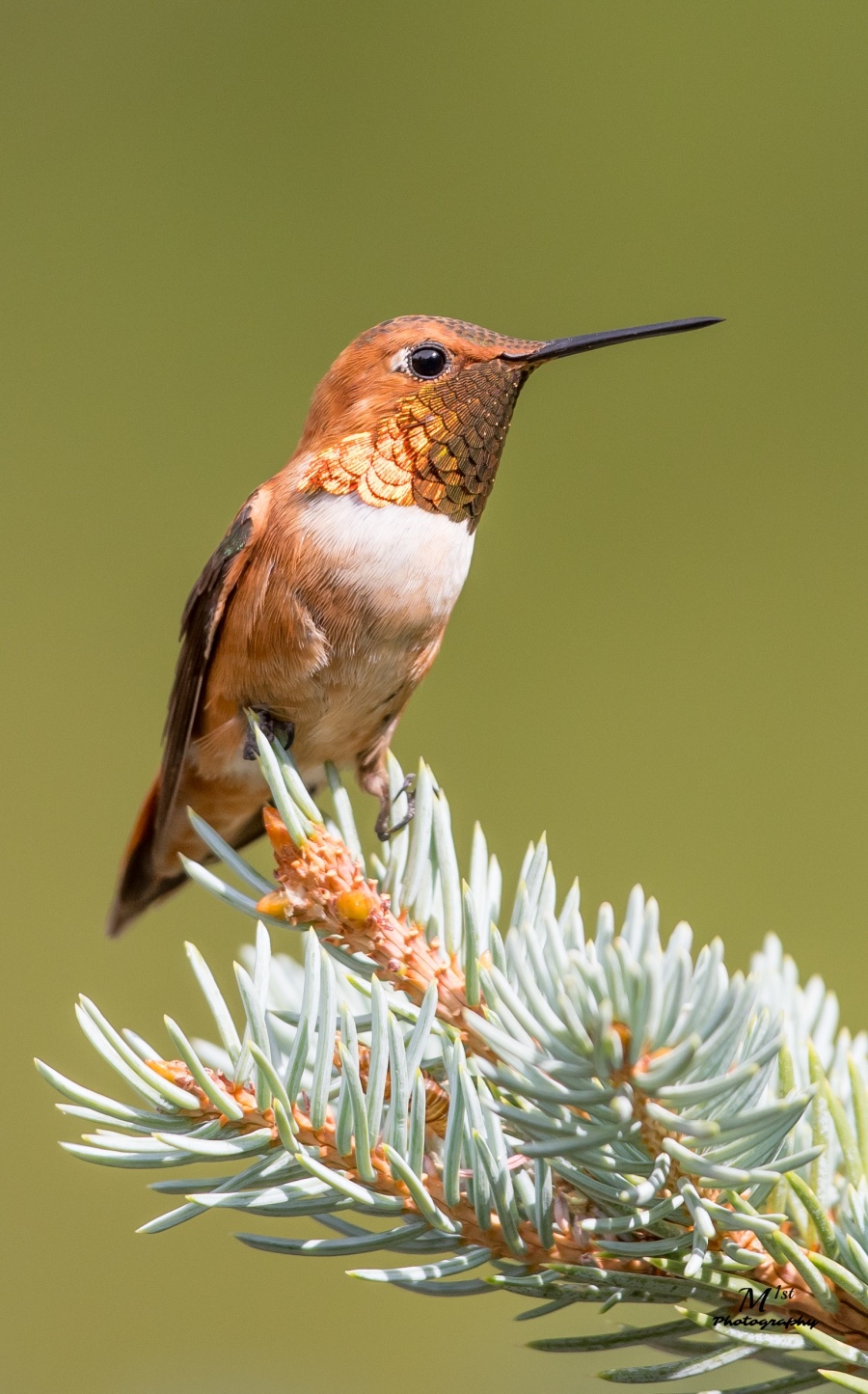
Rule four, use the light to your advantage. Position yourself with the sun at your back in order to front light your subject. As we have discussed in prior posts, shooting during the golden hours makes for more interesting and warm light.
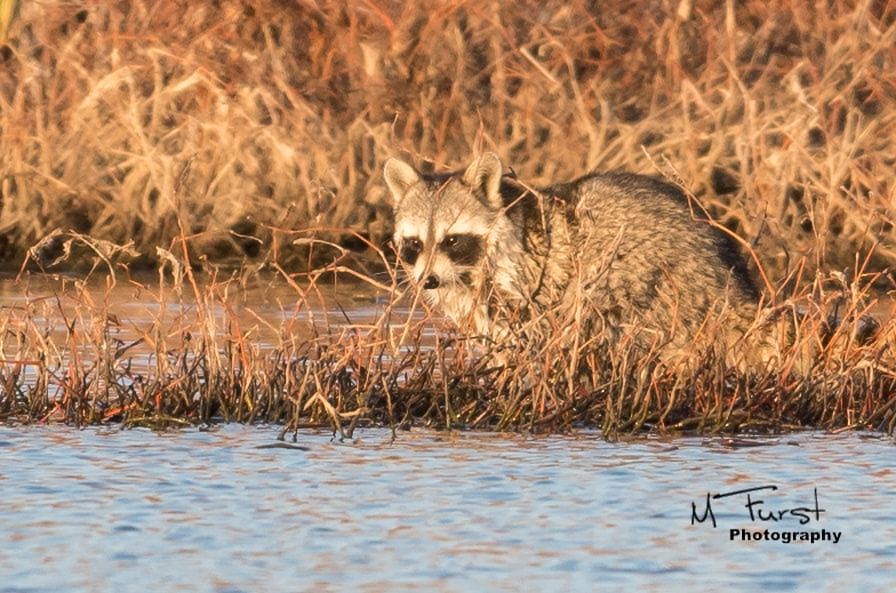
Rule five, use the rule of thirds to compose your photos. Think of your photo as a tic-tac -toe board.

Position your subject, or their eye, or the most interesting part of the photo at any one of the four intersections of the lines on the board. Doing so creates a more interesting and pleasing photograph to the eye. There are many other composition techniques you can try, but the rule of thirds is simple and easy to remember and therefore a good starting place.
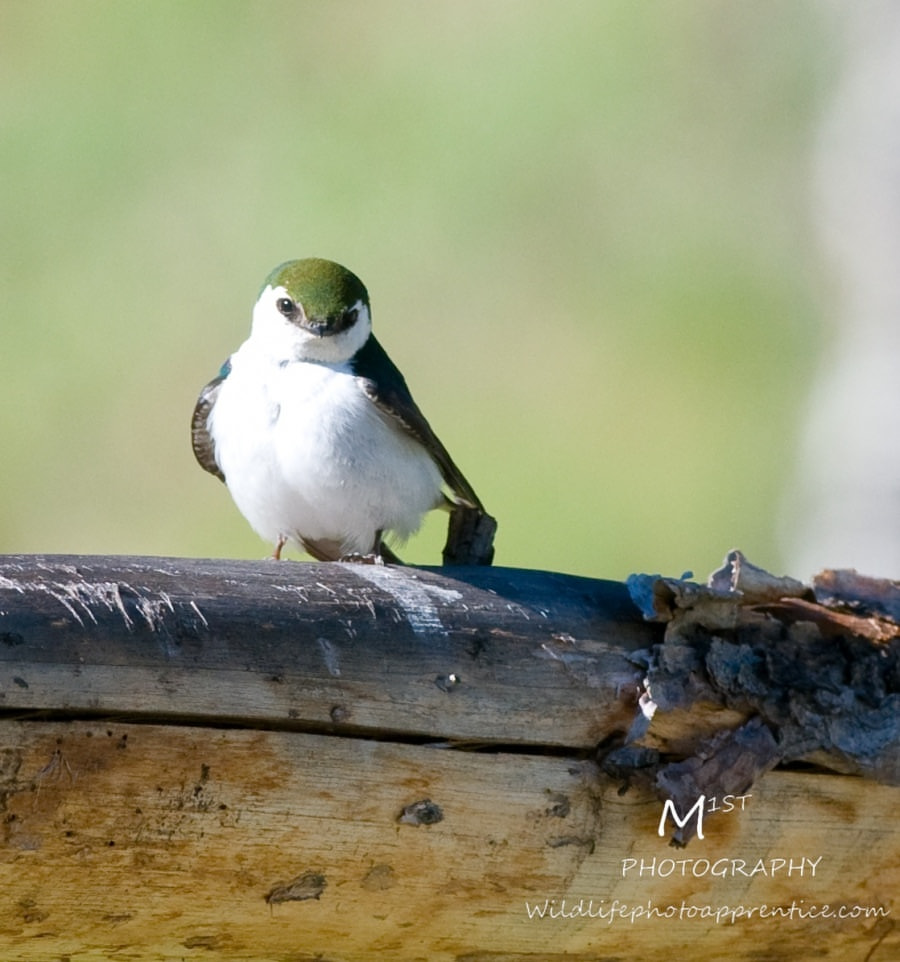
If you find certain aspects of a photographic style or rule you like, then buy it and make it your own. Developing a style unique to yourself while using a few simple to remember rules will make your photographs more interesting and make you a better wildlife photographer.

Awesome article cheers for posting, Warren